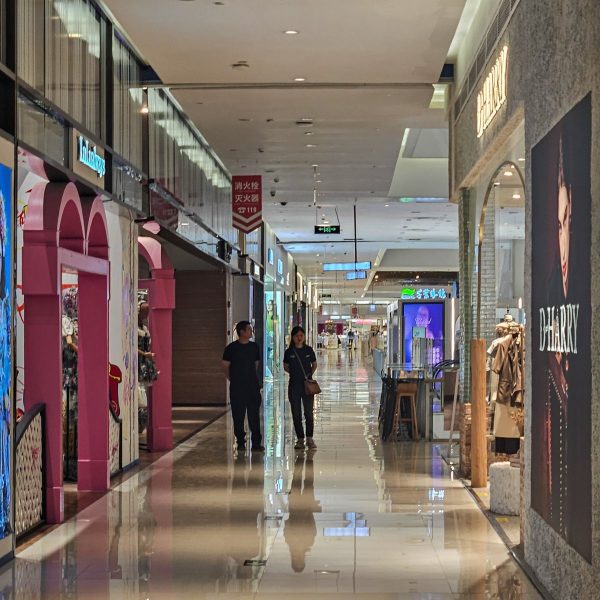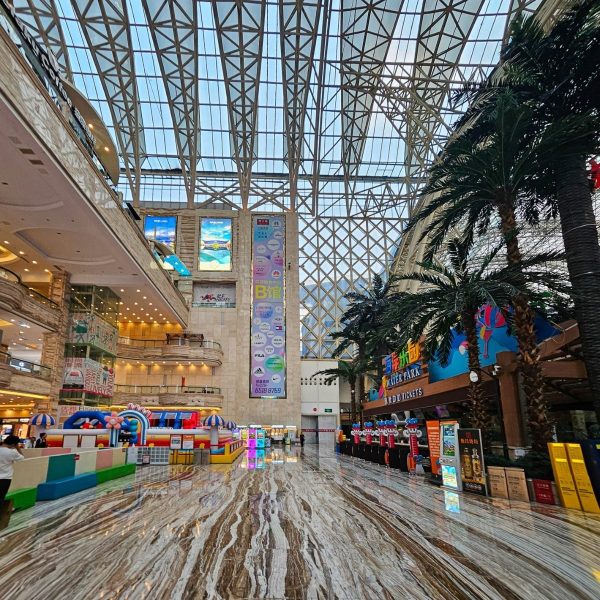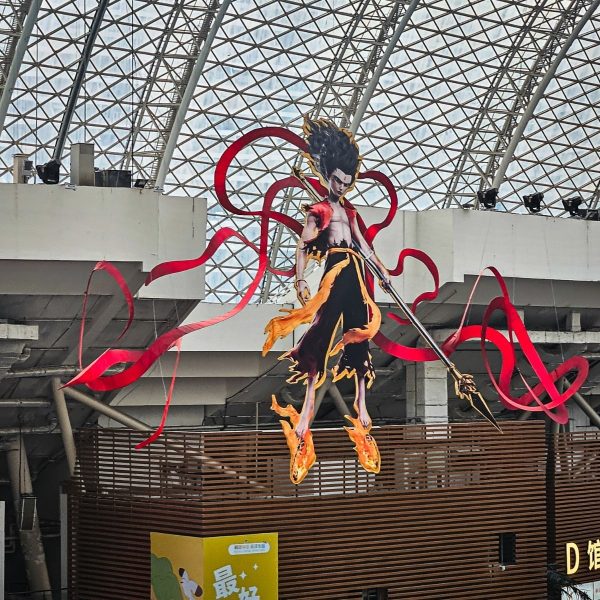June 24, 2025
Four Chengdu stories.
Back in China, today – some travel notes from the Chinese city of Chengdu. It’s known for being one of the main economic centers in the country as well as the capital of the Sichuan province, which is the homeland of the giant panda and both Sichuan pepper and cuisine. The city is both huge – with a population of nearly 21 million, and ancient – formally established in 311BC, making it a bit younger than Rome (753BC), but older than Paris (250-225BC). Sitting on the same latitude as northern Africa, Mexico, and Texas, it has a subtropical climate where it’s hot in the summer and cold in the winter.
Story one – on the New Century Global Center multipurpose complex
Some might say that starting a narrative about a huge and interesting city with a mere shopping mall is philistine and materialistic, since it disregards the more important spiritual side to both life and the city in question. To that I say don’t be so quick to judge – for this is no ordinary shopping mall.
So, what’s so special about New Century? First – it’s 500 by 500 meters in area and with several floors. Second – inside (and this is pretty common in China), you start to feel like… maybe the wrong countries are called “developed” after all…

Now, if you search Google for the world’s largest building, it’ll return the world’s tallest. Thank you, but, strictly speaking, that doesn’t answer the question.
Of course, “largest” can mean different things – there’s height (just mentioned); there’s largest usable volume, and there’s largest floor area. Let’s stick with the latter: guess which is biggest of all? Turns out it’s the Lada factory in Tolyatti in Russia! Well I never. I did not know that! Aaaanyway. Guess which building comes third? You guessed right folks – this here multipurpose complex in Chengdu! ->
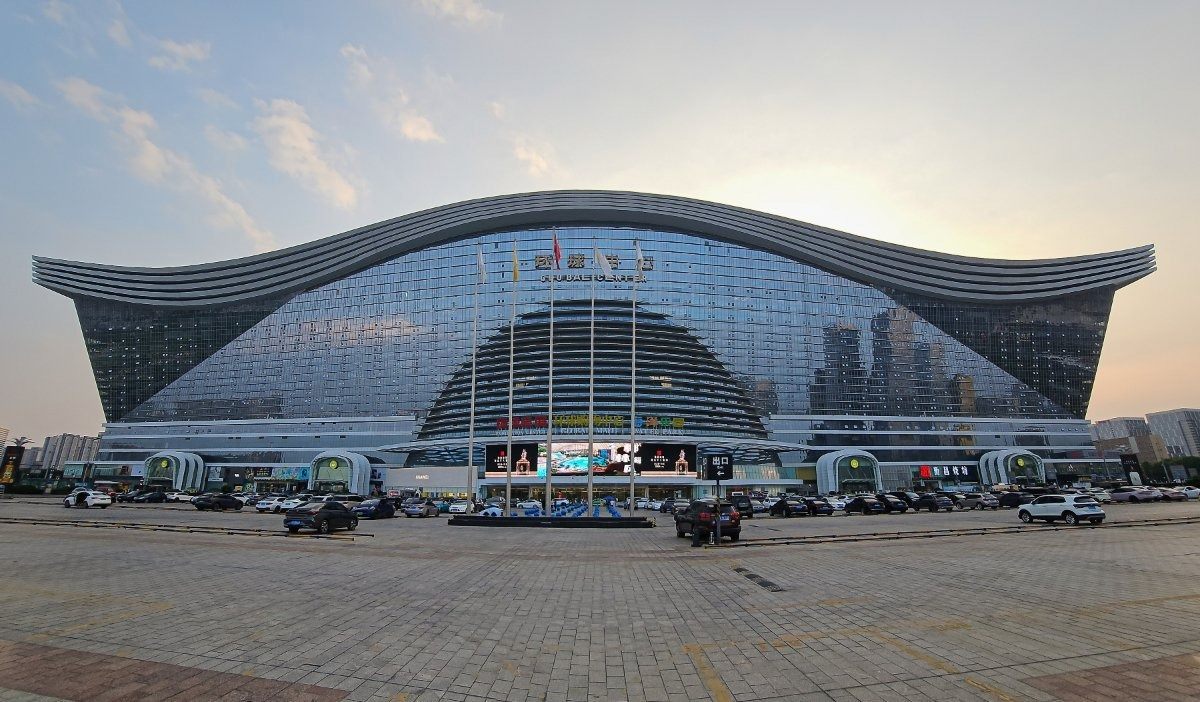
Yes – it’s a whopper:

How did I find out about this place? I stumbled online on some story about a water park in the city (more on that soon), and since fate had deposited me and the family in Chengdu, we figured we needed to check it out for ourselves…
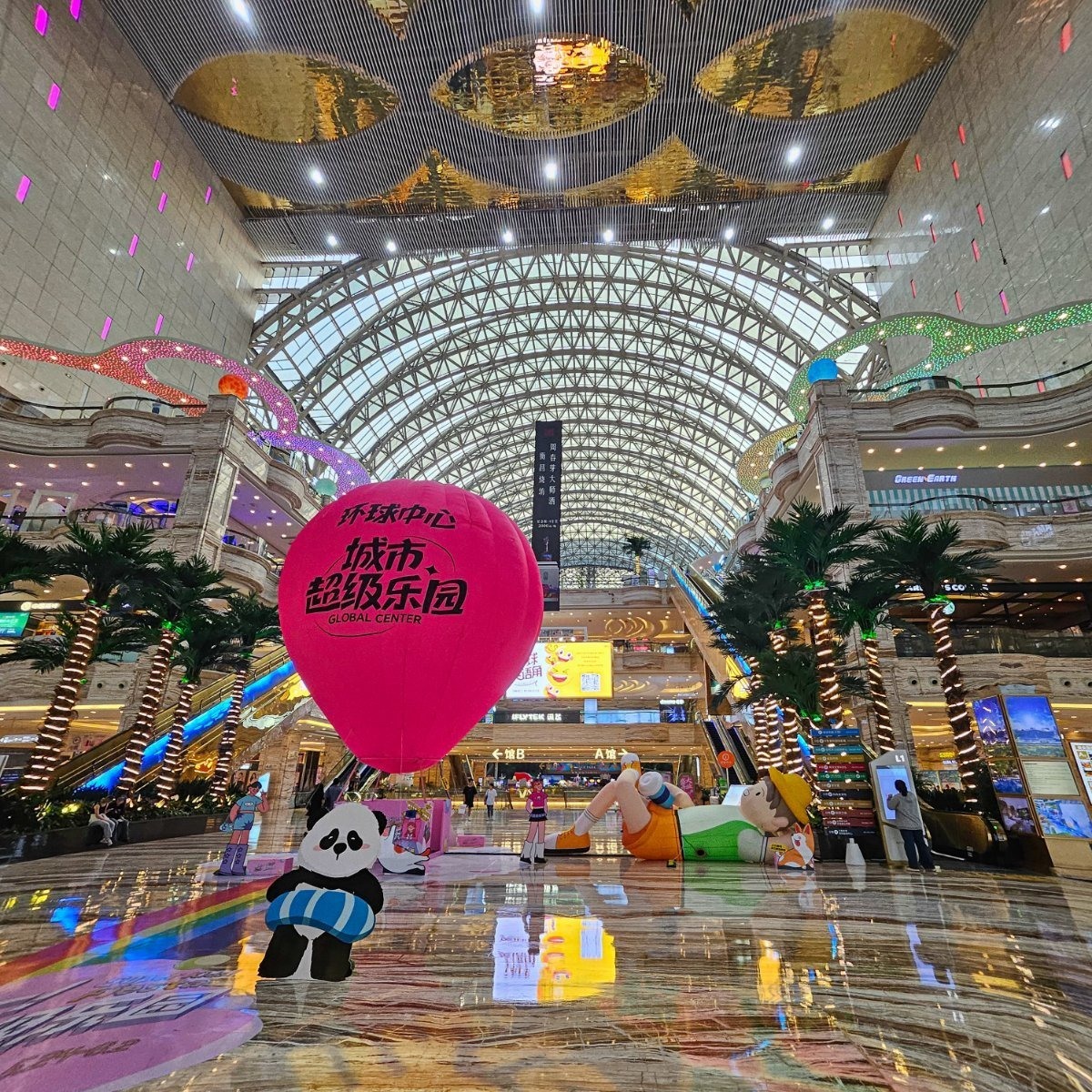
So what can I say? I’ll say it’s off-the-scale luxurious. I’ve already told you about its size, but you really could get lost here – especially if you’re a shopaholic (not me).
The length of the shopping corridors here total 500 + 500 + 500 + 500 = 2000 meters = two kilometers, which you multiply by four floors (!), plus surely there’s something underground = about 10 (ten!) kilometers of shopping labyrinths! Oh my gargantuan!…
I think they should provide guided tours here – not about the shopping, but about the engineering and architecture. The decor is also pretty crazy:
The kids’ play and entertainment area:

Up to 12 players can play with this here oversized Scalextric:
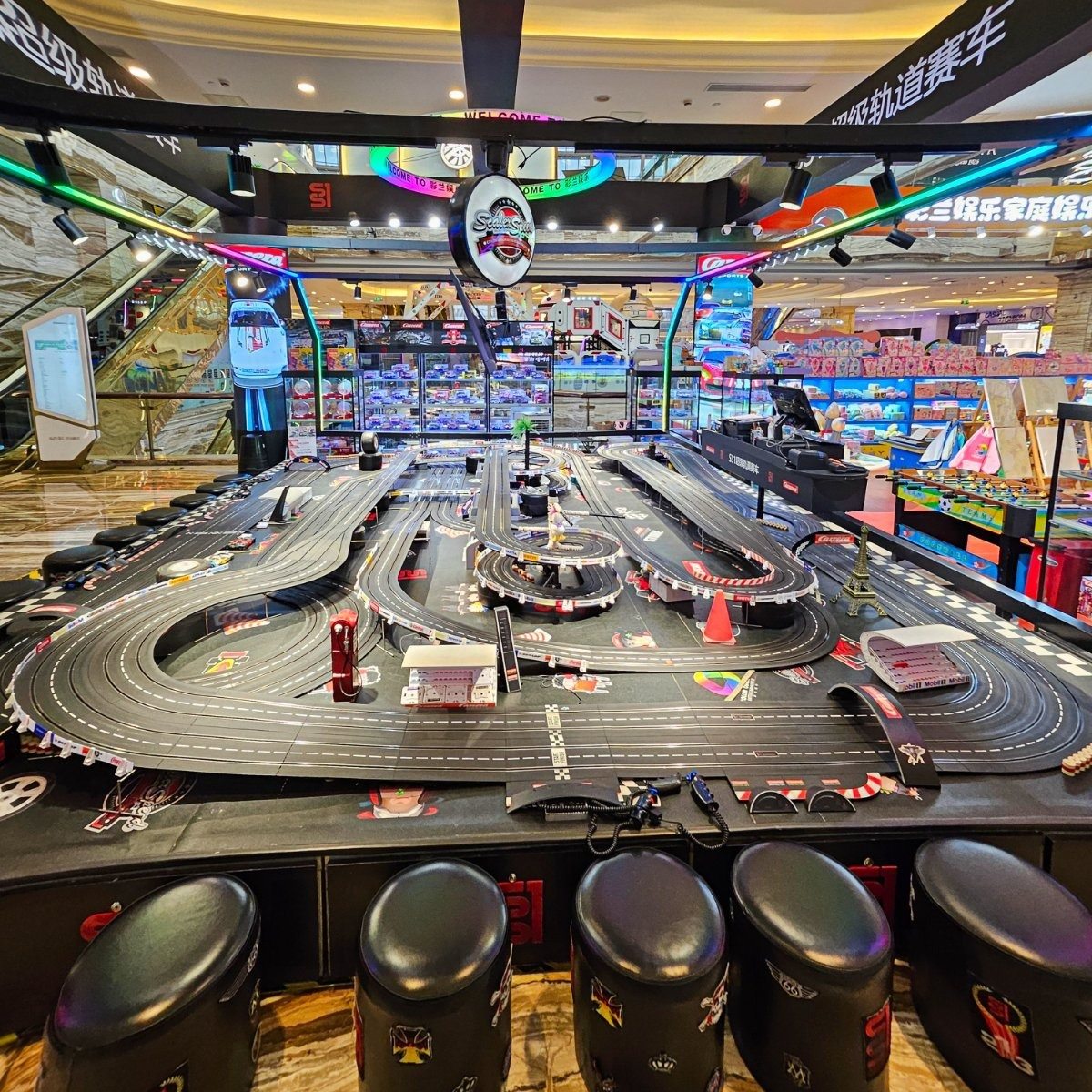
And somewhere within the complex (actually – right in the middle) there is indeed the water park that brought us here in the first place. Here’s the entrance to it:
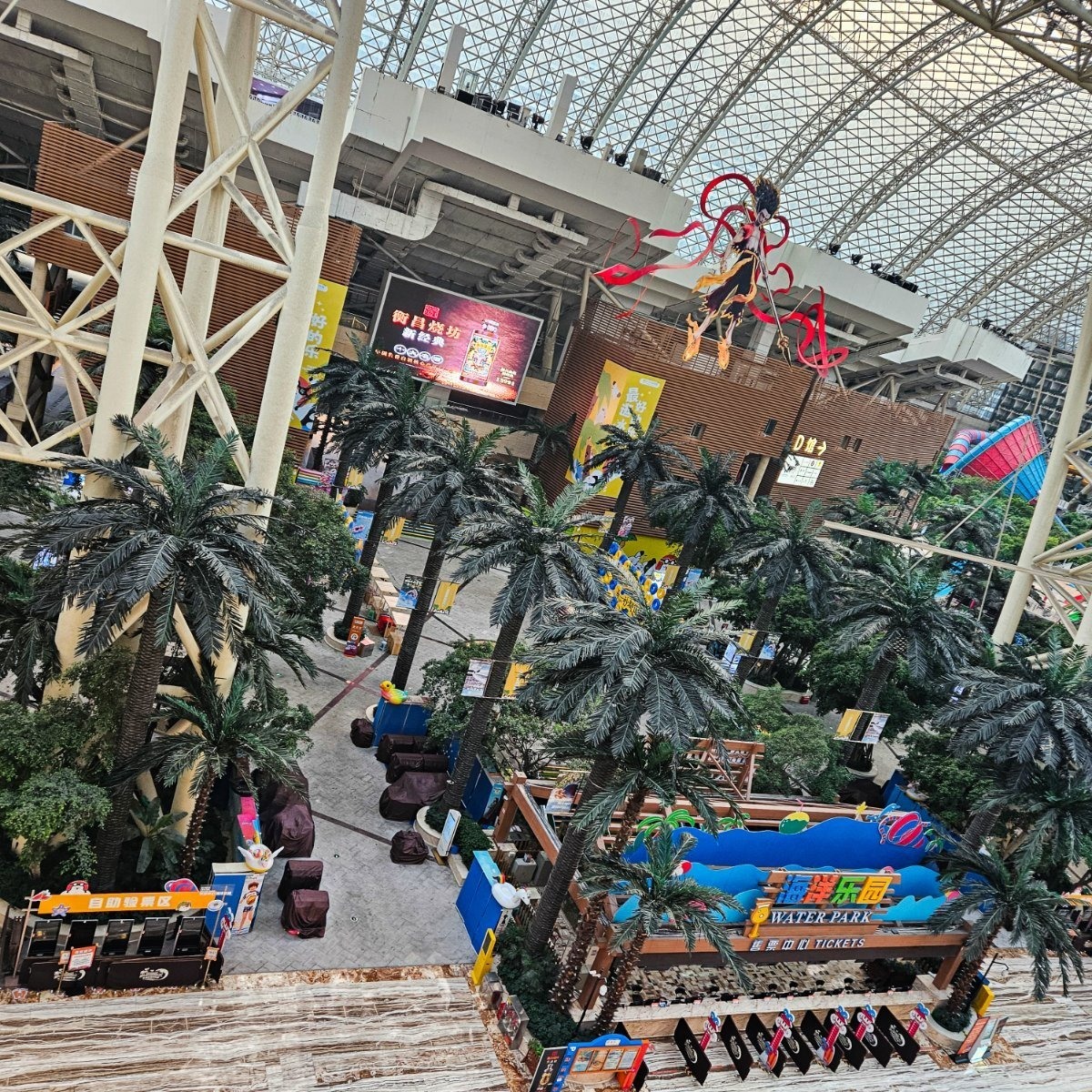
For some reason the water park was closed, so there was no one in the pool. I guess it was off-season, though outside it was already a summery +28°C.

Very nice:
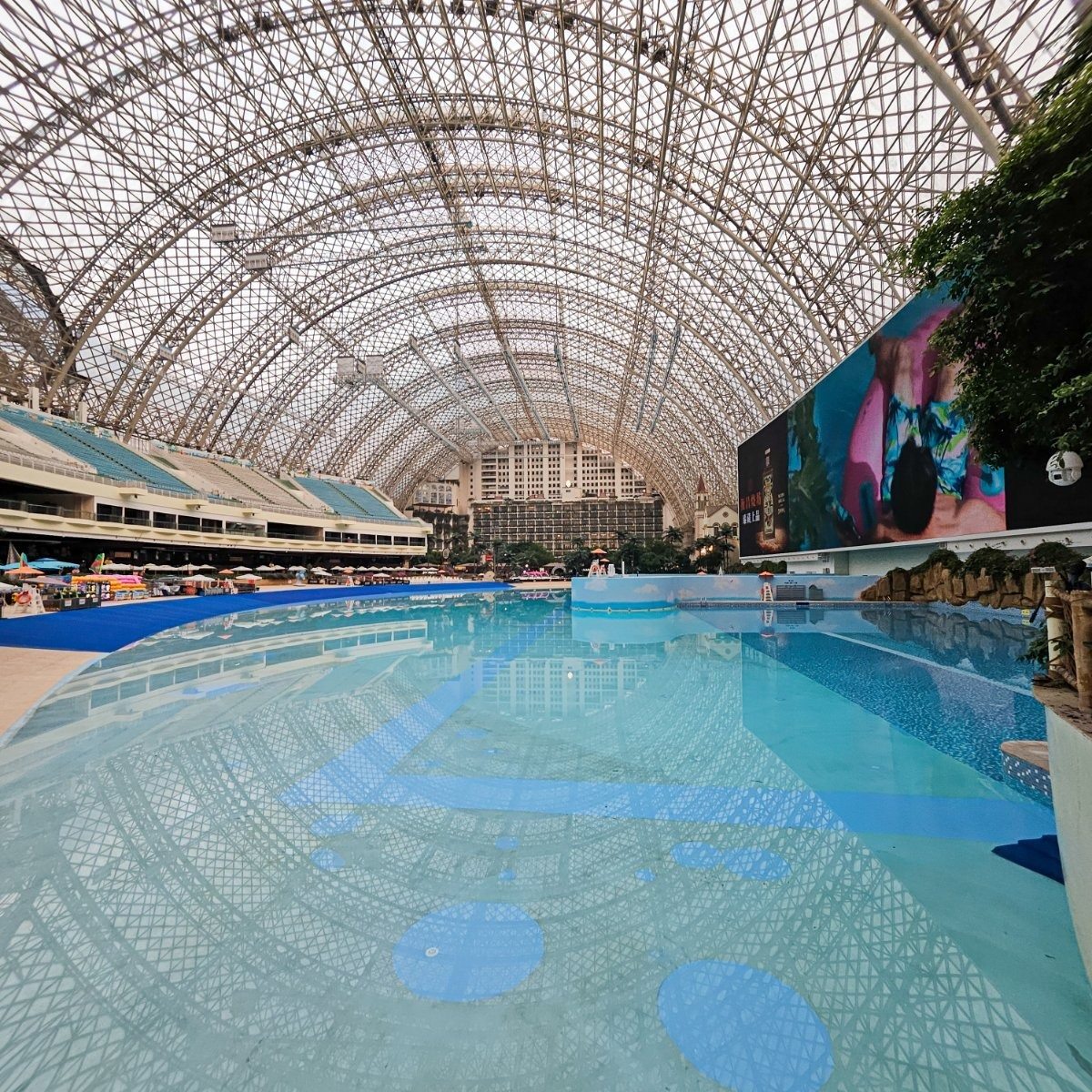
Pink sand! ->
What an interesting place. Oddly, it’s kind of un-Chinese in how empty it is. There were absurdly few folks to be seen – as you can see in these pics. None of the usual Chinese crowds here. Looks like the place is just too big even for China. All the more reason to go: if you’re in Chengdu – don’t miss it!
Story two – pandas
There can be no Chengdu without its cute pandas!
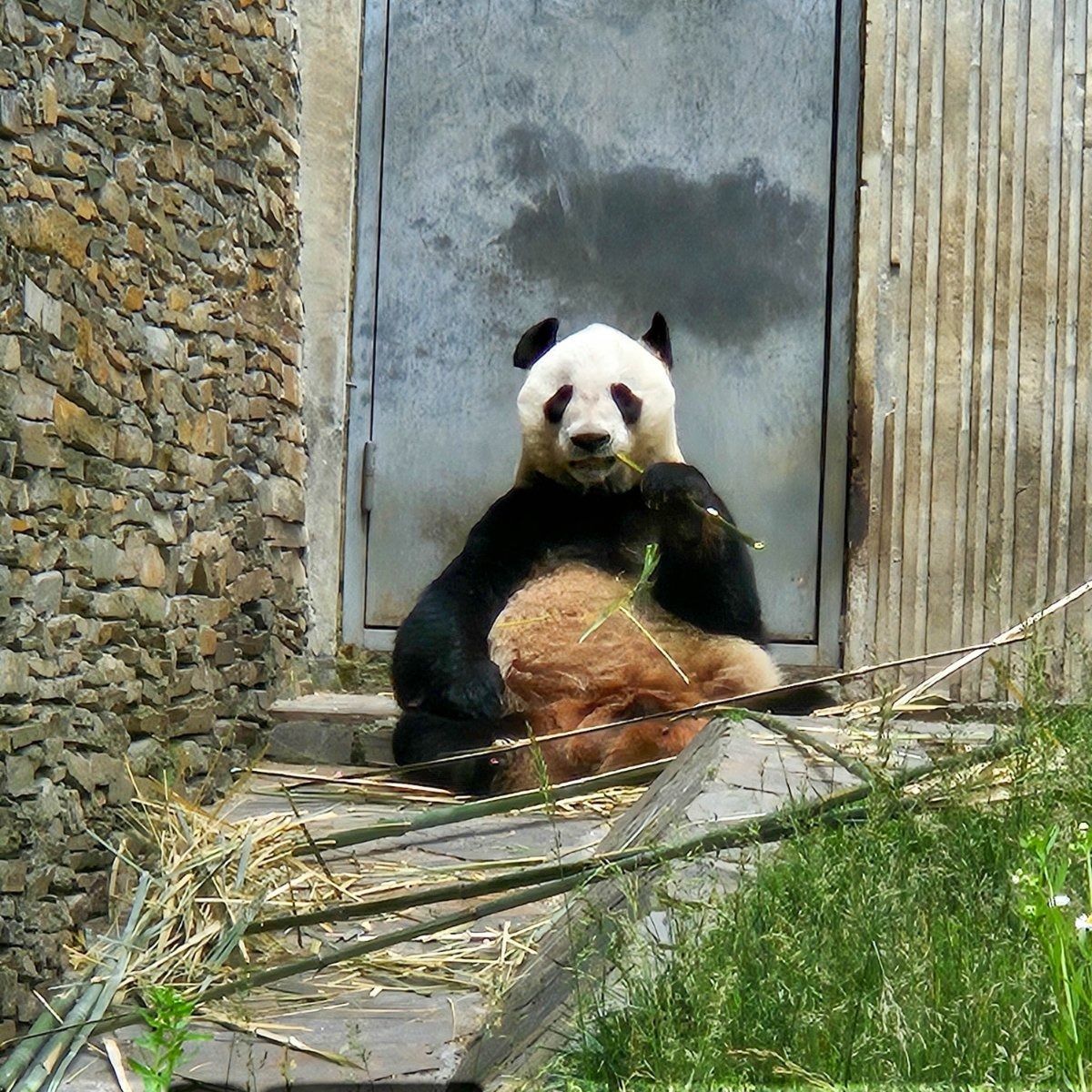
Pandas are just absolute cuties! Especially the little ones.
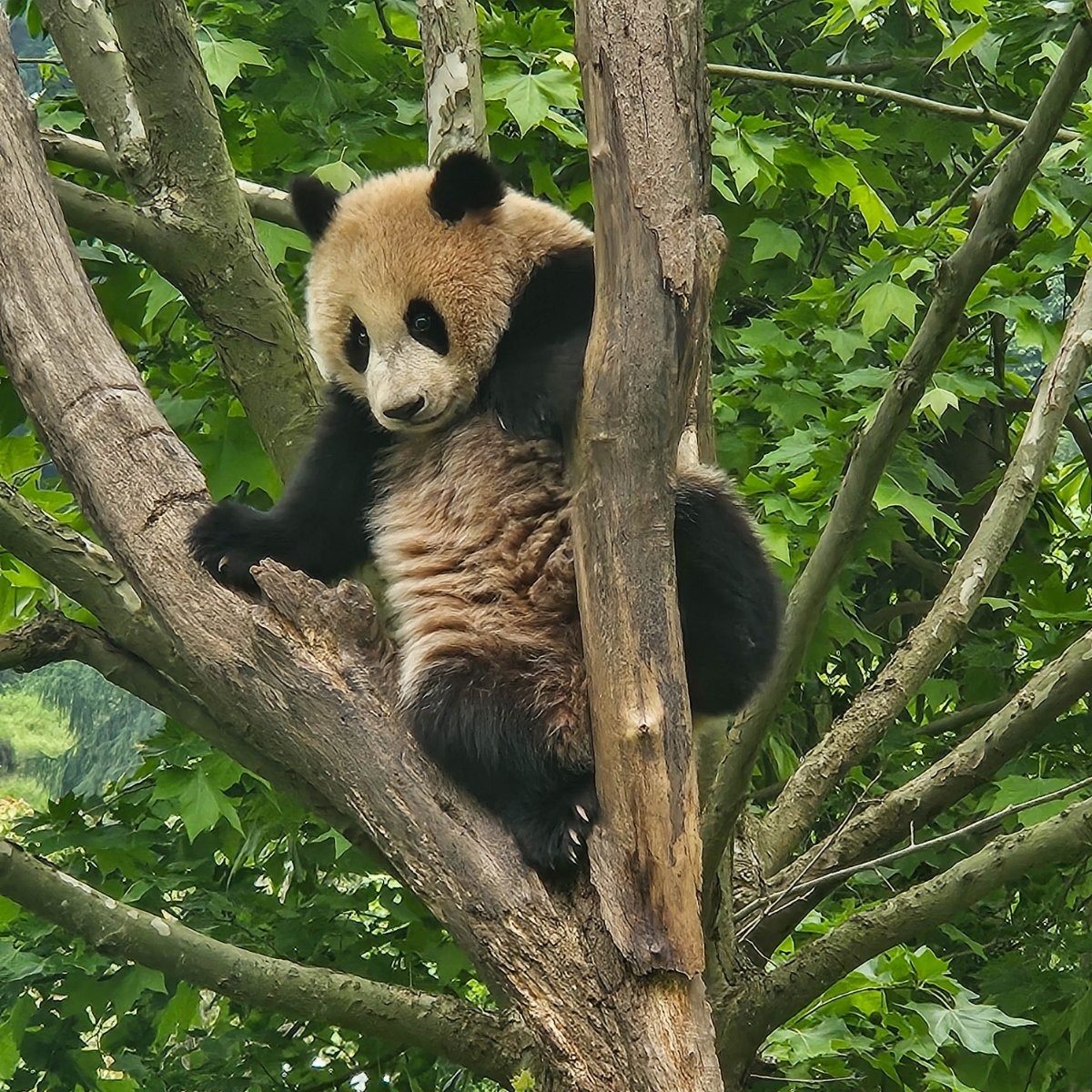
I’d been here before – nearly 10 years ago. These pics were taken on my Sichuan wife’s phone, btw :-) ->
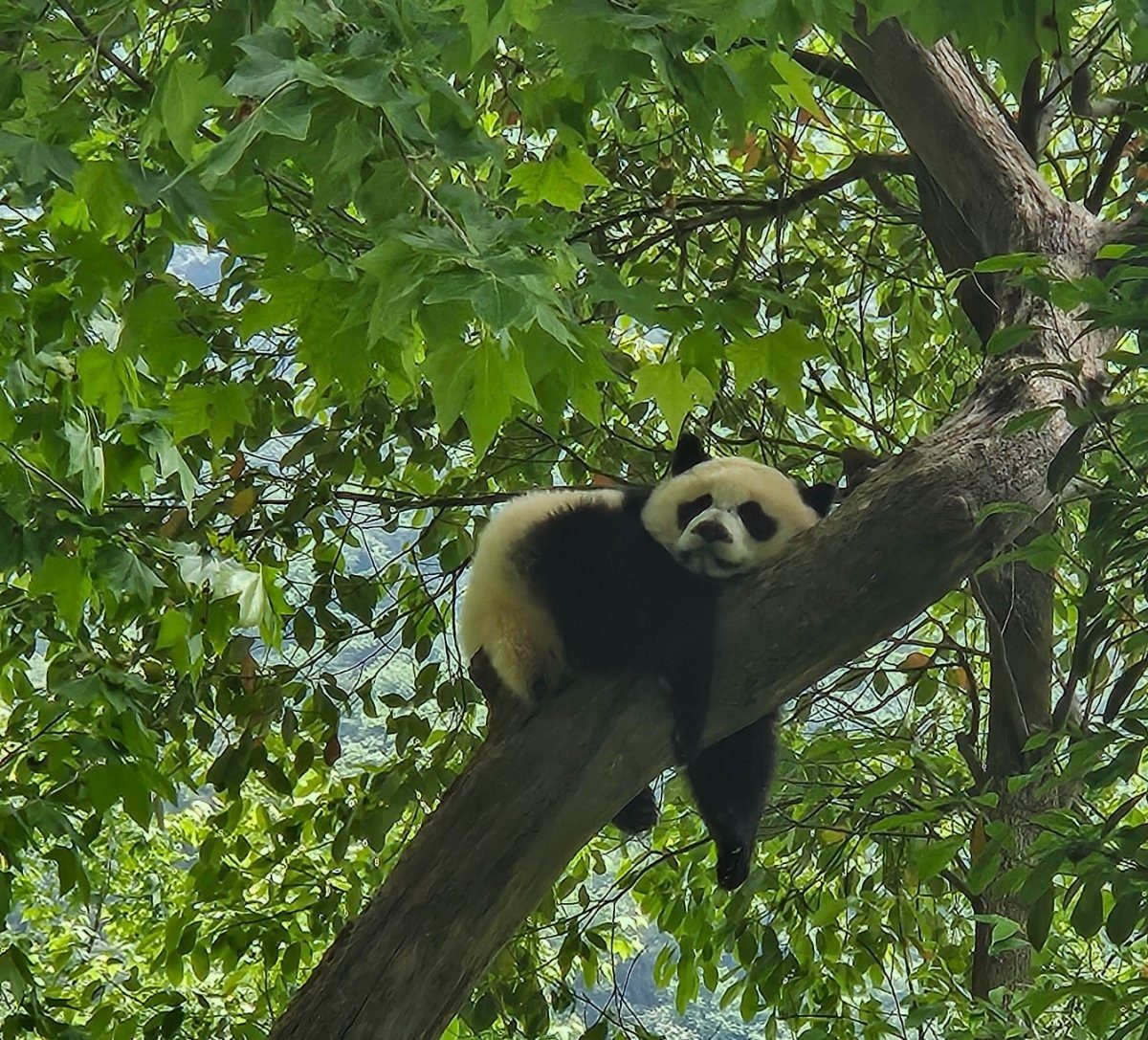
Pandas are the symbol of Sichuan, so you see them a lot in Chengdu, including on the totally over-the-top twin towers of its financial center. But not only pandas:
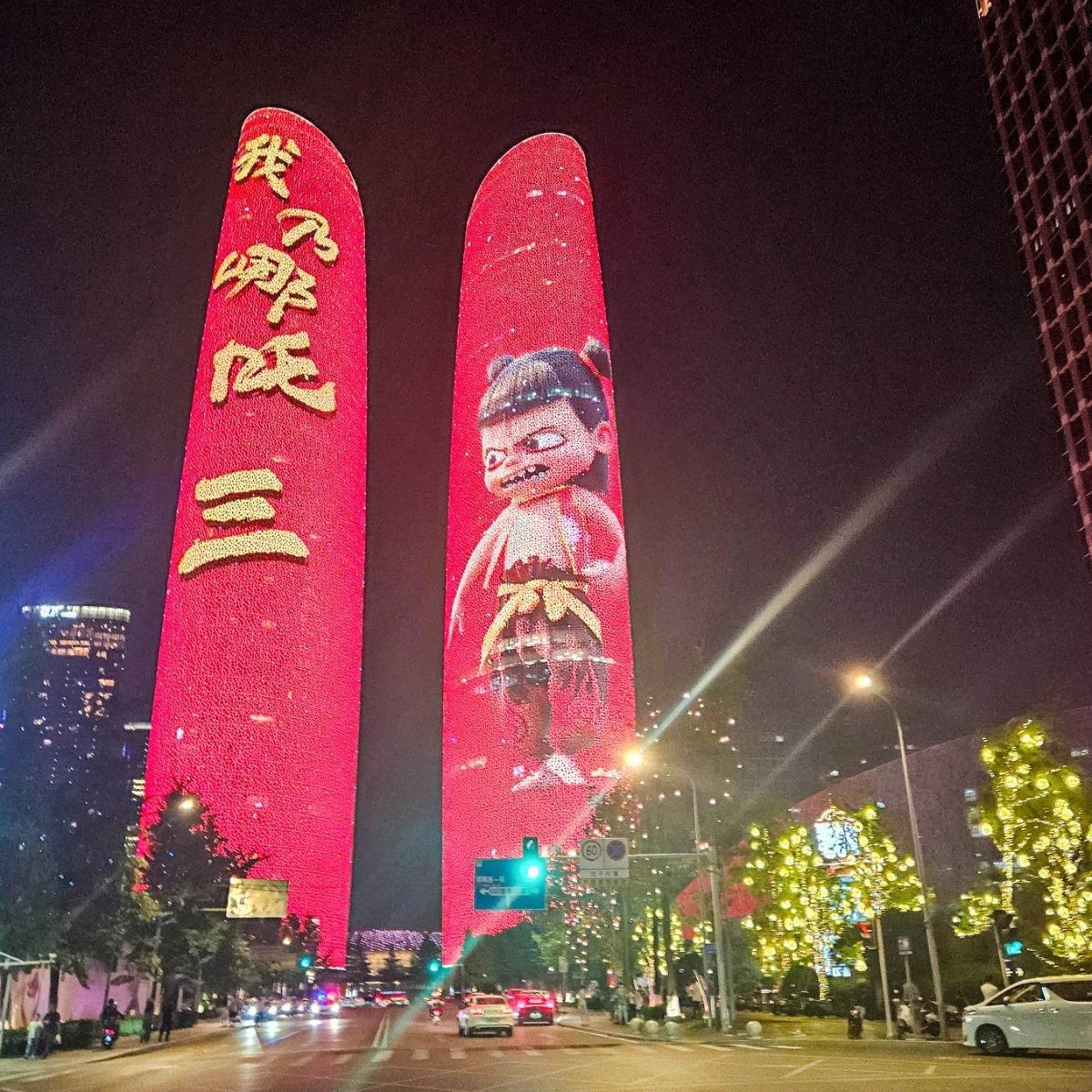
Story three – culture and history
As I wrote above, Chengdu is an ancient city with a rich history. On this front, I only got to quickly scratch the surface.
We went to a nearby suburb called Dujiangyan. In the third century BC (over two thousand years ago!), they built the Dujiangyan Irrigation System here, which also became the ancient Chengdu water supply. We visited a palace-temple complex here without really figuring out what was what since we just had a speedy 2.5 hour walk through the place. Definitely worth coming back to…
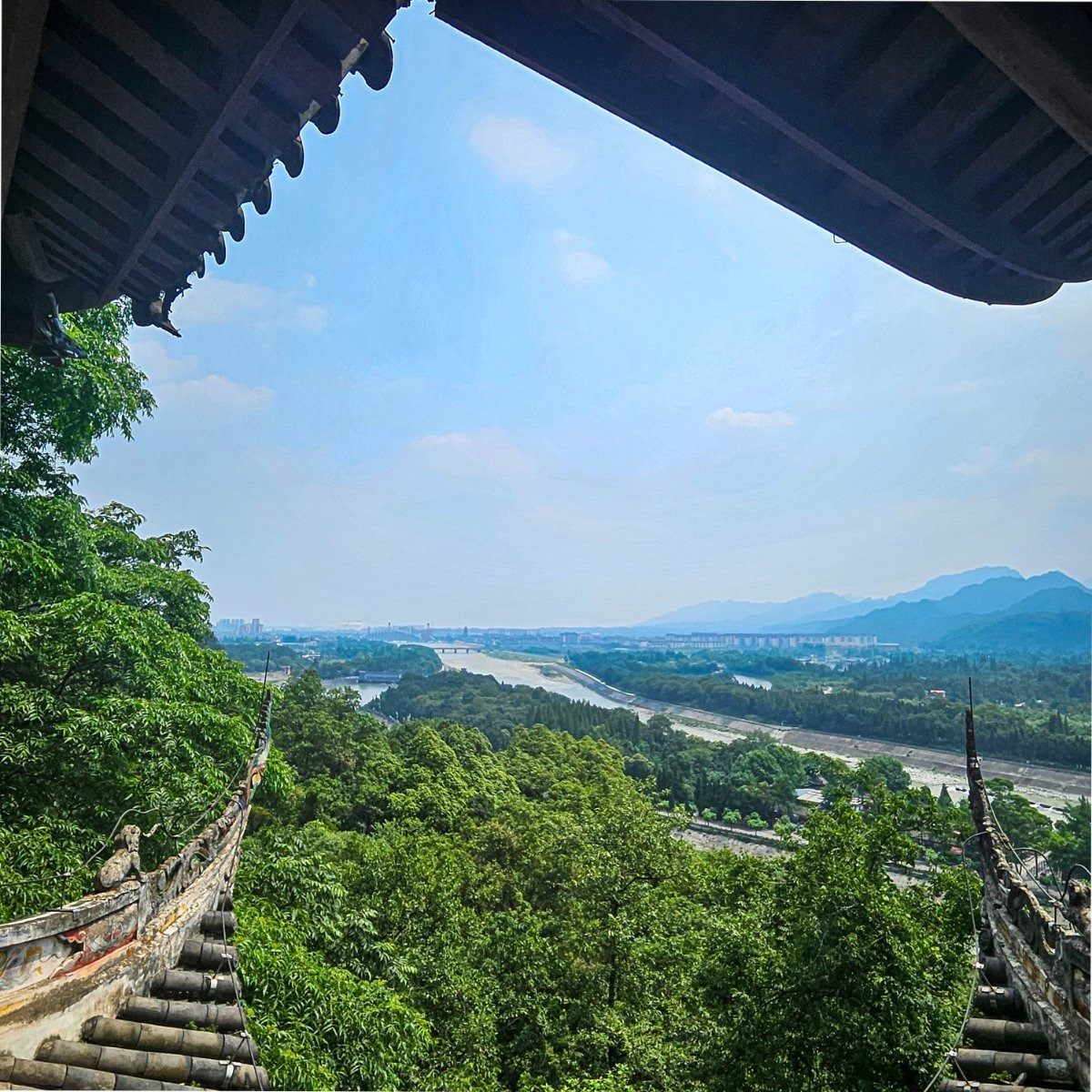
Confirmed: cultural and historical heritage is fully in evidence here. But in June, the heat is just unbearable…
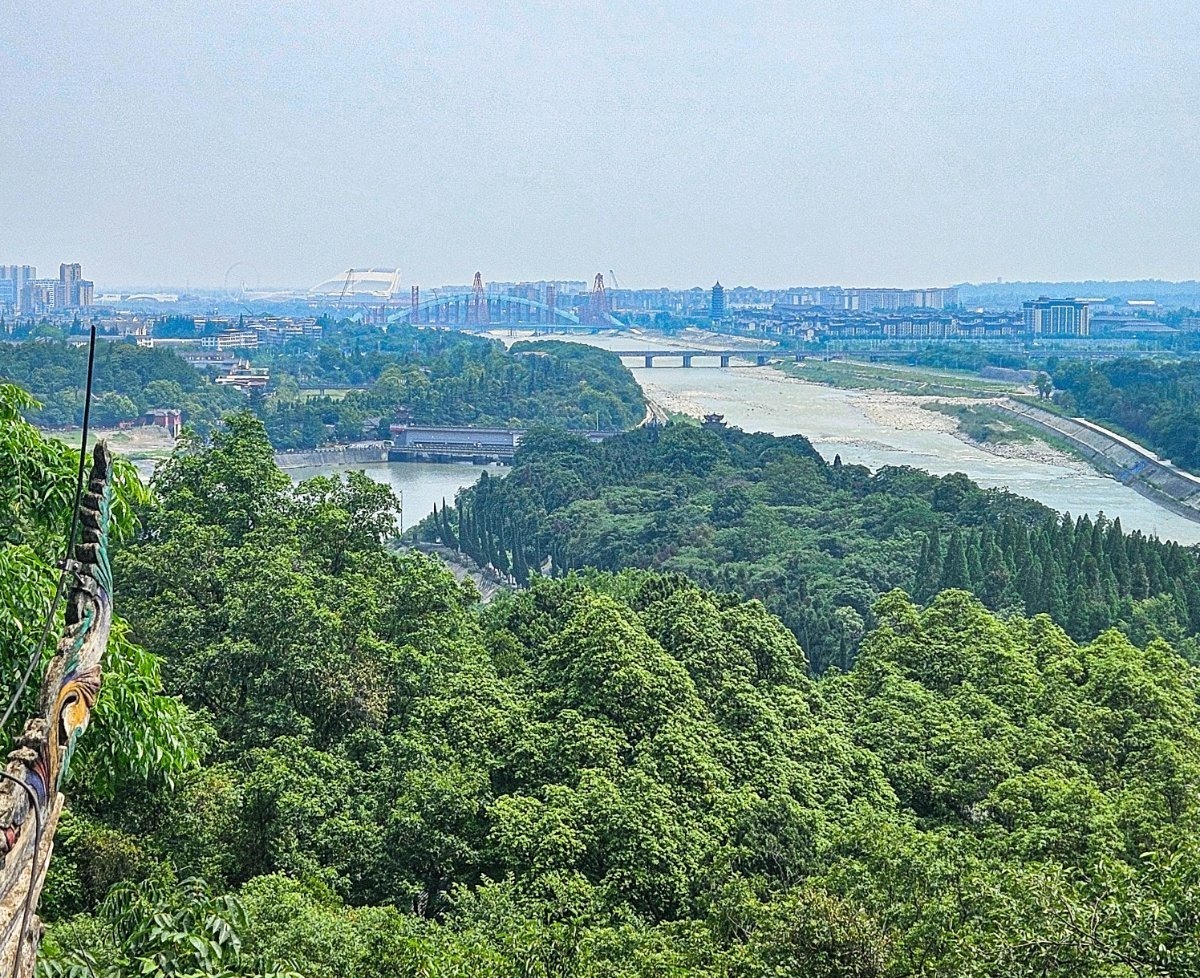
Story four – food
Another globally famous Sichuan brand is the regional cuisine. And it totally lives up to the hype… Let me quote Wikipedia here: “[Sichuan cuisine] is renowned for fiery and bold tastes, particularly the pungency and spiciness resulting from liberal use of garlic and chilis, as well as the unique flavors of Sichuan (Szechuan) pepper. Some examples are Kung Pao chicken and Yuxiang shredded pork. Four substyles of Sichuan cuisine include Chongqing, Chengdu, Zigong (known for a genre of dishes called yanbangcai), and Buddhist vegetarian style. UNESCO declared Chengdu, the capital of Sichuan Province, a city of gastronomy in 2011.“
Confirmed: there’s a major focus on spiciness, and the combos are bold – sometimes outright daring! For example:
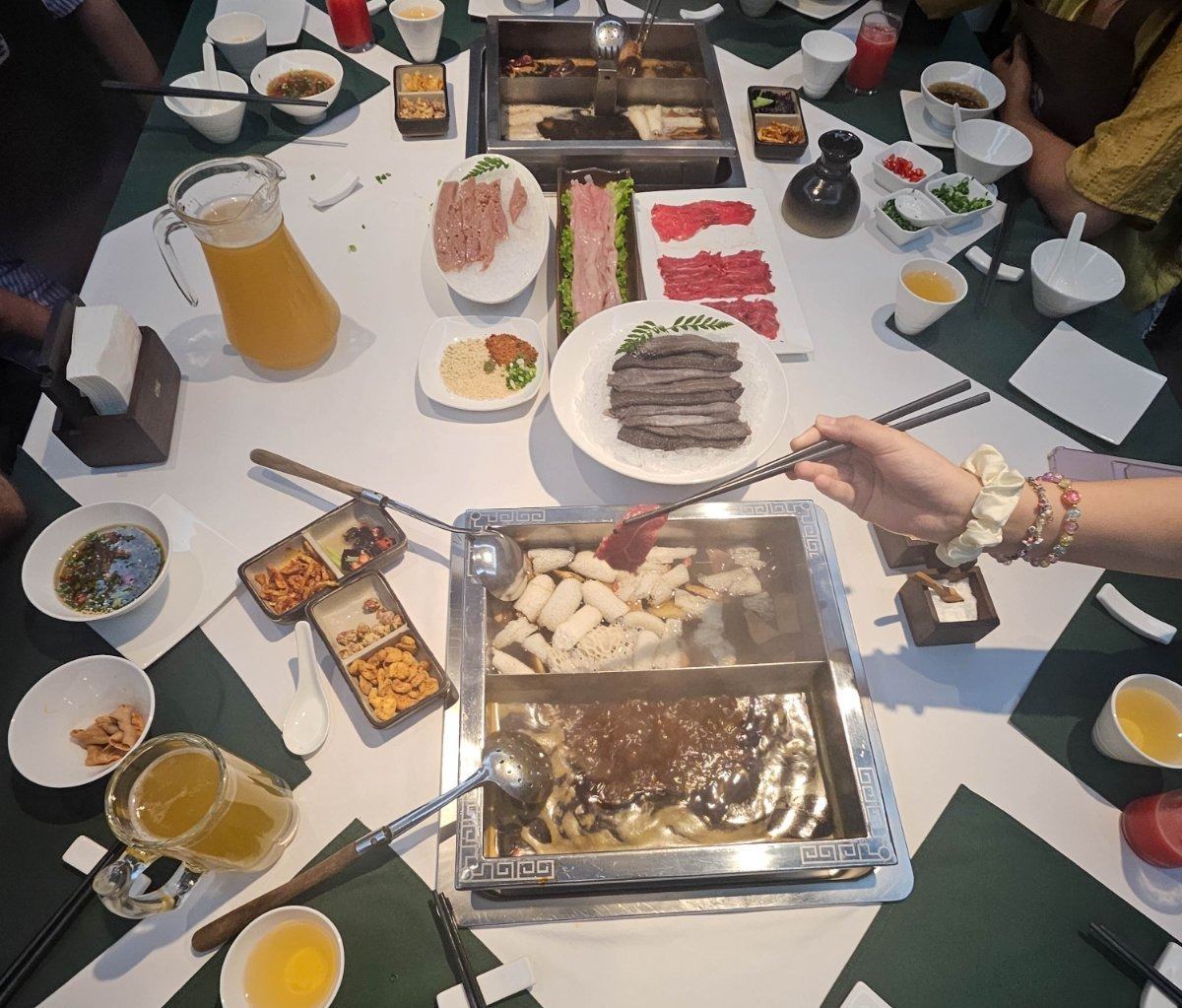
Sadly, you can’t see that in the front container they’re steeping a whole load of big red chili peppers… Like!
But that’s all for today folks – I’m pressing pause on my Sichuan-story player. To be unpaused soon!…
In closing – the views from our hotel room:

Meanwhile it’s time for me to hit the road and give the business an extra shoulder!…
